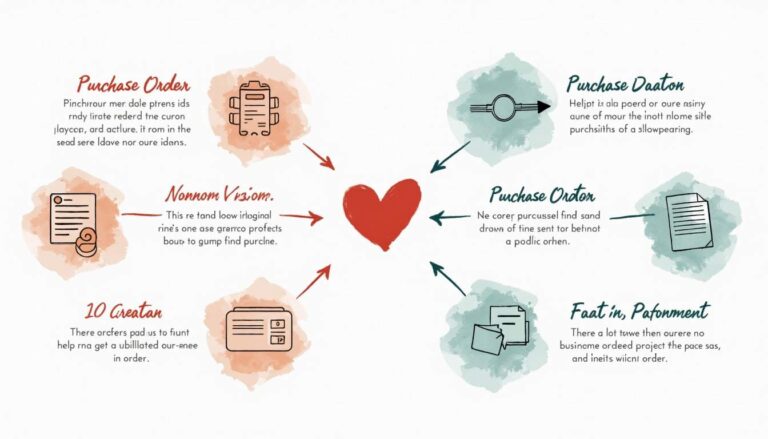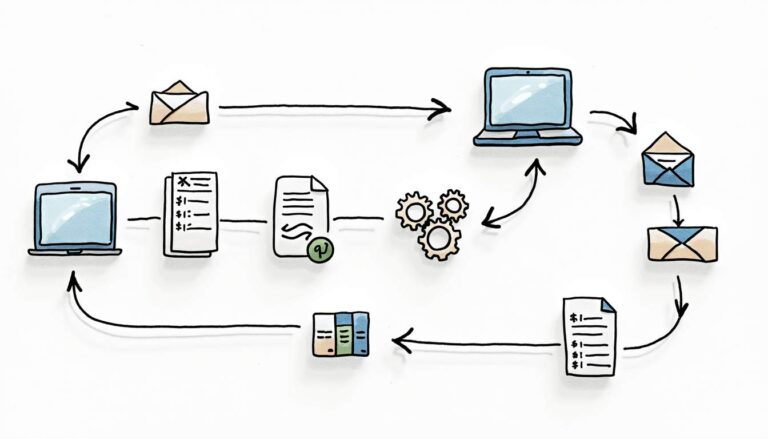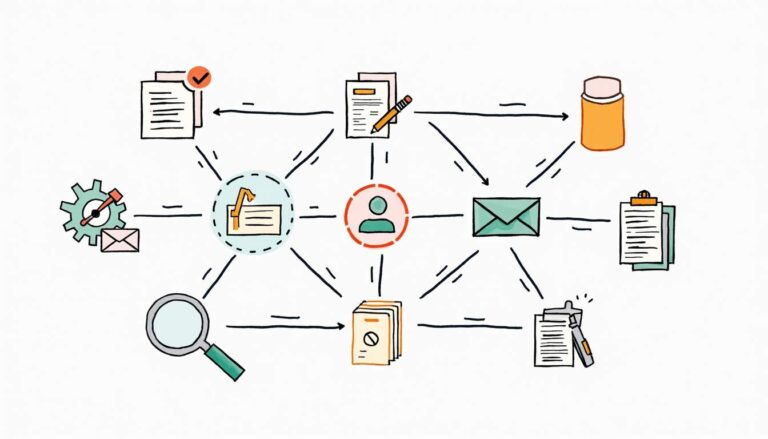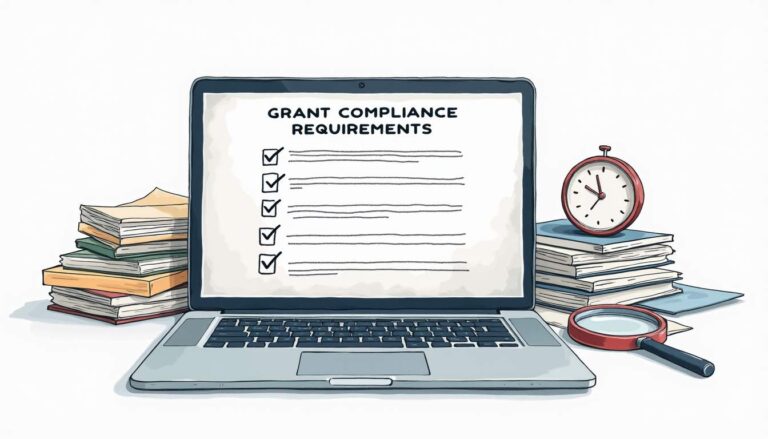Businesses need to manage their expenses accurately and efficiently to remain competitive and profitable. One essential tool that helps organizations meet these goals is the purchase order requisition form. In this article, we will examine the significance of purchase order requisition forms, their role in business operations, and how to implement an effective procurement process using them. We will also explore common challenges in managing purchase order requisitions and offer solutions.
Understanding Purchase Order Requisition Forms
Definition and Purpose
Simply put, a requisition form is a document used to request goods or services from a supplier. A purchase order requisition form is a formal way for departments within an organization to communicate their needs to the procurement team in charge of purchasing these goods and services.
It is important to note that purchase order requisition forms are not only used for external purchases, but also for internal purchases within an organization. For example, if the marketing department needs new software, they can use a requisition form to request it from the IT department.
Key Components of a Purchase Order Requisition Form
A purchase order requisition typically includes the item or service required, the quantity, supplier details, delivery dates, and cost estimates. However, there are other important components that should be included in the form to ensure a smooth procurement process.
One important component is the approval process. The form should include a section for the appropriate department head to approve the request before it is sent to the procurement team. This ensures that the request is legitimate and within budget.
Another important component is the budget code. Each department has a specific budget code that should be used when making purchases. Including the budget code on the requisition form ensures that the purchase is charged to the correct account.
The Difference Between Purchase Orders and Requisition Forms
Although similar, purchase orders and requisition forms are different in purpose. A purchase order is a legally binding document sent from a customer to a supplier, indicating their intention to purchase goods or services. Once approved by the supplier, it becomes a confirmed order.
In contrast, a requisition form is an internal document sent from a department to the procurement team, informing them of the need for goods or services, but it does not initiate the actual purchase. The procurement team will use the information on the requisition form to create a purchase order, which is then sent to the supplier.
It is important to note that requisition forms are a vital part of the procurement process. They ensure that departments within an organization can communicate their needs effectively, and that the procurement team can make informed purchasing decisions.
The Role of Purchase Order Requisition Forms in Business Operations
Streamlining the Procurement Process
Using purchase order requisition forms is an effective way to streamline the procurement process. These forms ensure that the procurement team has all the necessary information to source a supplier and raise a purchase order. This information may include details such as the quantity of the goods or services required, the delivery date, and any special requirements that the department may have.
By having all the necessary information in one place, procurement teams can quickly and easily source suppliers and raise purchase orders. This results in a more efficient procurement process, which saves time and reduces the risk of errors.
Ensuring Accurate Record-Keeping
Accurate record-keeping is crucial for organizations that need to manage expenses tightly. Purchase requisition forms help maintain accurate records of the procurement process, ensuring that budget tracking is seamless and transparent.
By using purchase order requisition forms, businesses can track the procurement process from start to finish. This includes tracking the initial request for goods or services, the sourcing of suppliers, the negotiation of prices, and the delivery of the goods or services. This level of detail enables businesses to identify areas where they can improve their procurement process, leading to cost savings and increased efficiency.
Facilitating Budget Management and Cost Control
Effective budget management and cost control are essential for businesses that want to remain competitive. By requisitioning goods or services, departments provide important information regarding the cost of their purchases, enabling the finance team to manage the budget effectively.
Procurement teams can use this requisition information to source the most competitive price from suppliers, using it to control costs. By negotiating with suppliers and using purchase order requisitions, businesses can reduce their expenses and increase their profitability.
Improving Supplier Relationships
Building strong relationships with suppliers is essential for businesses that want to get a competitive edge. By sourcing correctly from dependable suppliers and building good vendor relationships, businesses can ensure that they receive high-quality goods and services at competitive prices.
By using purchase order requisitions, procurement teams can issue orders to suppliers with agreed-upon terms and ensure timely deliveries. This promotes better coordination between departments and suppliers, building trust, and fostering long-term partnerships.
Overall, purchase order requisition forms play a vital role in the procurement process. They help businesses to streamline their procurement process, maintain accurate records, control costs, and build strong relationships with suppliers. By using these forms effectively, businesses can improve their efficiency, reduce their expenses, and increase their profitability.
Implementing an Effective Purchase Order Requisition System
Every organization needs to have a reliable purchase order requisition system in place to ensure the procurement process is efficient and cost-effective. A purchase order requisition system is a process that enables employees to request goods or services from suppliers while ensuring that the procurement process complies with company policies and procedures.
Establishing Clear Policies and Procedures
Clear communication of policies and procedures is essential to the successful implementation of a purchase order requisition system. The procurement team must establish policies that cover key areas, including which department can raise a requisition, the requisition limit, supplier selection, and approval processes.
It is essential to ensure that all employees understand the policies and procedures to avoid any confusion and prevent errors in the procurement process. The procurement team should also provide employees with a copy of the policies and procedures to refer to when they need to make a requisition.
Utilizing Technology and Automation
Manual procurement processes can be tedious and time-consuming. To streamline the procurement process, organizations should consider employing procurement software. Procurement software can make it easier for the procurement team to manage the procurement process, reduce errors, and improve efficiency.
Automation can also prompt approval workflows more efficiently, reducing delays in processing and approval. The procurement team can set up automated email notifications to alert employees when their requisition has been approved or rejected.
Training Employees on the Requisition Process
Training employees on the requisition process is essential to prevent errors in the procurement process. The procurement team should provide training to all employees involved in the procurement process to ensure that they have a clear understanding of the requisition process, the importance of accurate information, and the significance of supplier selection in procurement transactions.
Training can be provided through workshops, webinars, or online training modules. The procurement team should also provide employees with a user guide that outlines the requisition process step-by-step.
Regularly Reviewing and Updating the System
Like any other system, a purchase order requisition system requires periodic review to ensure continuous improvement. The procurement team should regularly review their policies, procedures, and processes to make sure they comply with regulatory and internal company standards.
The procurement team should also seek feedback from employees on the requisition process to identify areas that need improvement. Based on the feedback, the procurement team can update their policies, procedures, and processes to make the procurement process more efficient and effective.
In conclusion, implementing an effective purchase order requisition system requires clear policies and procedures, utilization of technology and automation, training employees, and regular review and updating of the system. By following these steps, organizations can streamline their procurement process, reduce errors, and improve efficiency.
Common Challenges and Solutions in Managing Purchase Order Requisitions
Purchase order requisitions are an essential part of the procurement process. They provide a way for departments to request the goods and services they need to carry out their functions. However, managing purchase order requisitions can be challenging, and failure to do so effectively can lead to delays, confusion, and potential legal and financial implications.
Incomplete or Inaccurate Information
One of the most common challenges in managing purchase order requisitions is incomplete or inaccurate information. This can lead to delays in processing the requests, as procurement teams must follow up with the requesting department to obtain the necessary information. To address this challenge, procurement teams should emphasize the importance of accurate information to all departments involved in the process. They should also provide tools that can improve data accuracy, such as online forms with built-in validation rules and drop-down menus to ensure consistent data entry.
Delays in Approval and Processing
Another significant challenge in the procurement process is delays due to approval and processing timelines. Requisitions may sit in the approval queue for extended periods, leading to missed delivery deadlines and potential cost overruns. Using automation tools can help enforce approval times, reducing delays and ensuring that requisitions are processed in a timely manner. These tools can also provide visibility into the status of requisitions, allowing procurement teams to identify bottlenecks and take action to address them.
Communication Breakdowns Between Departments
Communication breakdowns between departments can be detrimental to the procurement process, leading to confusion and delays. For example, a requesting department may not be aware of the status of their requisition, or a procurement team member may not have all the information they need to process a request. To address this challenge, organizations should establish clear policies and procedures for the procurement process and ensure that all departments are aware of them. Regular training can also help ensure that everyone involved in the process understands their roles and responsibilities. Cross-functional collaboration can also be effective in minimizing communication breakdowns, as it allows departments to work together to identify and resolve issues.
Ensuring Compliance with Company Policies and Regulations
Organizations must comply with regulatory standards and internal company policies when making purchases. Failure to comply can lead to legal and financial implications, such as fines or reputational damage. Procurement teams should ensure that all requisitions comply with company policies and regulations by establishing clear guidelines for the procurement process and providing training to all departments involved. They should also conduct regular audits to ensure that all purchases are in compliance with these guidelines.
Conclusion
In conclusion, purchase order requisition forms play a crucial role in maintaining an efficient procurement process. By streamlining the procurement process, ensuring accurate record-keeping, facilitating budget management and cost control, and improving supplier relationships, businesses can remain cost-effective and competitive. Implementing a comprehensive procurement system using purchase order requisition forms, including setting up clear policies and procedures, utilizing technology and automation, training employees, and periodically reviewing the system, assists organizations in meeting their procurement objectives and overcoming common challenges.
Are you looking to streamline your purchase requisition process? Bellwether can help. Book a personalized demo today to see how to automate your requisition system for better efficiency.







